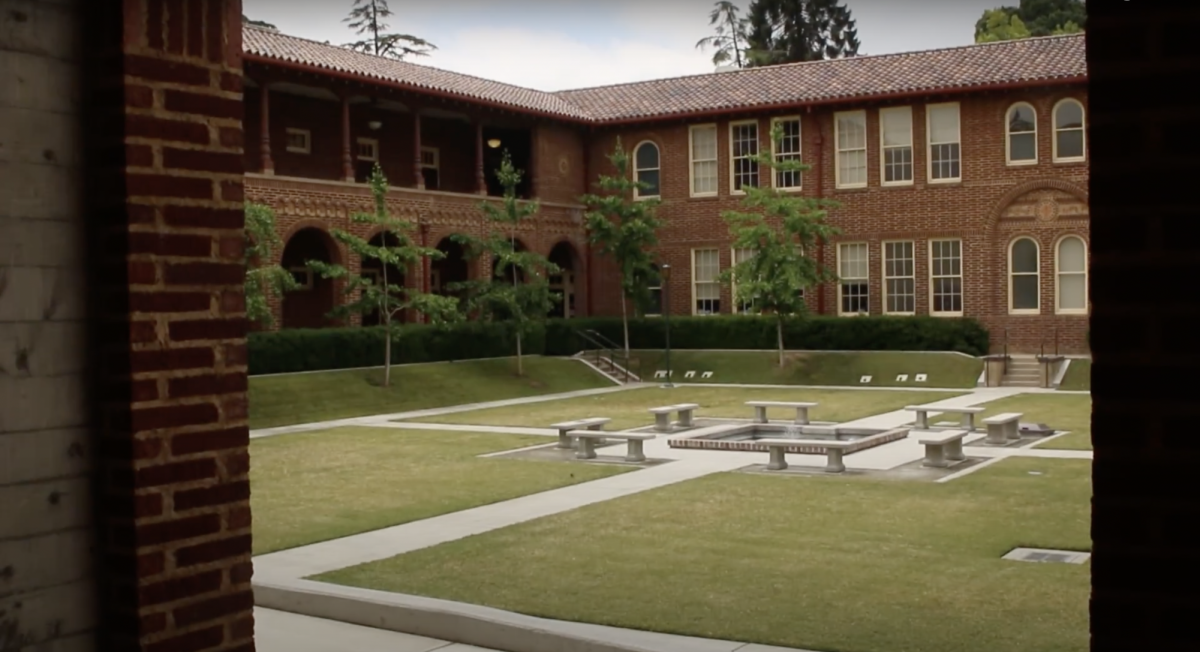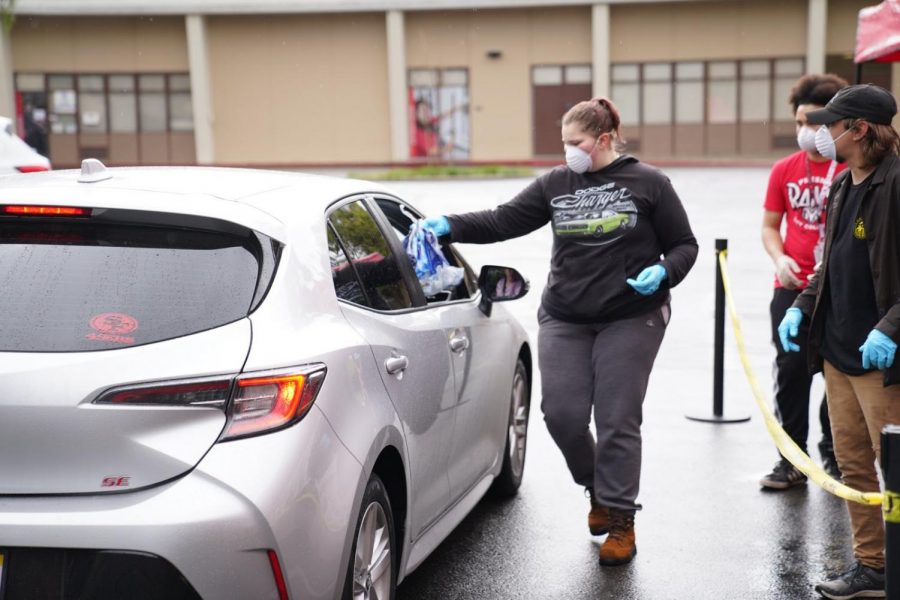First of a two-part series
Juan Soto, 43, is living every farm worker’s story. He wakes at 4 a.m. and works up to 10 hours every day, picking grapes, oranges, garlic, tomatoes, throughout the year, whatever crops need harvesting, in scorching stretches of the summer months and frigid temperatures of California’s Central Valley.
His housing costs $30 a week, but it entails sharing a room with 12 people in a trailer home that has 30 residents. The nights are long and the air stale; every space is crammed with sweaty bodies of other men and women who share his plight. There’s not much else in Soto’s daily life aside from work and lying in his confined space.
It is a journey, a quest, sort of, for Soto who is undocumented. He wants to earn some living in hopes of a better future for himself and his family — his wife and 5-year-old daughter, who are still in Abasolo, Guanajuato, Mexico. He must sacrifice more than half of his income in order to keep them alive. At the end of each week, he is left with only $100 for his food, transportation and housing and everything else.
For the last 13 years, Francisco Ramirez, 37, has roved from farm to farm in Fresno county picking a variety of oranges and grapes at different seasons.
In the unpredictable seasonal worker existence, Ramirez’s daily schedule is pretty fixed. His days start early — depending on the location of harvest — he must be ready to board the farm van at 3 a.m.
He races against time; his pay is tied to how much crops he gathers. Ramirez’s daily pay is tied to how many of the 50-pound bin of oranges he fills; he sprints to fill as many bins as possible, trying to beat his personal best of one bin per hour. Then he piles onto the van with other harvesters for a ride home.
Home is a rented room in a crowded home with six others for which he pays $200 monthly. He must try to get enough rest in the rowdy residence. Tomorrow is another day as a seasonal farm worker. It means an early day and a back-breaking pace of work and not much else.
Soto and Ramirez are some of nearly 150,000 farm workers in seasonal positions on farms spanning from Merced to Fresno to Tulare counties. These farmworkers travel throughout the U.S. serving as the backbone for a multi-billion dollar agricultural industry, their labor helping to feed a nation of more than 300 million people.
Despite higher wages, improved workers’ rights and labor policies and community outreach efforts, a majority of migrant workers live marginalized existence.
They reside in uninhabitable squalor, in impoverished chaos. Because of their unauthorized status, they live in terror of being discovered and repercussions.
It is an existence of torment day after day and dread that their livelihood will be taken away at any time. Ineligible for legal support and governmental aid, undocumented farm workers are arguably the most vulnerable group in today’s America.
BACKGROUND
According to data published in Sept. 2012 by the National Center for Farmworker Health, Inc. More than 3,000,000 migrant and seasonal farmworkers live in the United States.
Forty two percent have been identified as migrating — roving from farm to farm, while 58 percent are seasonal agricultural workers.
California, the largest producer of agriculture, has more than 730,000 seasonal and migrant farmworkers and 570,000 non-farm workers, according to the latest Migrant and Seasonal Enumeration Profiles Study of California.
Approximately 15 percent of the migrant farmworkers population live in Fresno county.
That translates to about 113,000 farm workers; at 90,000, seasonal farm workers outnumber migrant farm workers by 7 percent. Not included in these numbers are workers in poultry, livestock and fisheries.
According to information from the 2007-2009 National Agricultural Workers Survey (NAWS), the majority of all farmworkers were foreign born with 68 percent emigrating from Mexico. Seventy eight percent of crop workers were male and 22 percent were female.
Migrant workers vary in age; the average farm worker is aged 36 years old. Three quarters of all migrant workers are older than 25 years old, but 24 percent are 21 years old and younger.
FARMWORKER CLASSIFICATION
Farmworkers are classified according to agricultural tasks.
The Fair Labor Standards Act (FLSA) states that “Agriculture” is comprised of farming duties that include cultivating and tilling soil, harvesting commodities, raising livestock, “lumbering operations” and “farming operations” such as preparatory and delivery work.
Two subcategories emerge from the harvesting of crops: seasonal and migrant. According to U.S. Code, Public Health Services Act, “Migrant Health,” a seasonal farmworker is “an individual whose principal employment (51 percent of time) is in agriculture on a seasonal basis,” and has been employed for two consecutive years.
Migrant farmworkers are distinguished by the mobile nature of both employment and housing.
The National Agricultural Workers Survey classifies “migrants” as people who travel 75 miles within a year for employment.
For example, workers who pick apples in Washington State in the fall and then travel to Fresno to pick pomegranates in the winter are migrant farm workers.
A SENSE OF DESPERATION
Why do farm workers continue to live the grueling existence that most Americans cannot imagine? Why do they work the long hours for paltry pay and little job security?
The answer is simple if you ask any one of the hundreds that make their living this way. It is about survival, a way out for themselves and their families.
“I would do anything to support my family,” Soto said, including risking his life.
Soto is not alone. According to a report issued by the National Foundation for American Policy, more than 5,500 immigrants have died crossing the Southern border to enter America in the last 15 years.
In 2012, 477 immigrants died, a 27 percent rise representing the second highest recorded total since 1998. The highest number of deaths — 492 — was in 2005.
The 2012 numbers are troubling because it is generally agreed that illegal immigration numbers are down overall. This means that immigrants are dying at a higher rate than normal. A Pew Research Hispanic Center study finds that only 286,000 crossed the borders illegally in 2011.
Despite the deaths, Soto sees no other way.
Out of desperation to see his loved ones, every four years he treks through the Arizona desert, a 150-mile long “deadly crossing” to Mexico, a journey that takes approximately six days to complete. Soaring temperatures exceeding 110 degrees and wondering coyotes pose a real threat to survive.
Soto’s most recent attempt to cross the border was last year. He and his group barely survived.
Their sustenance was restricted to one meal each day with a very limited water supply. They almost died of hunger and thirst and had to finish the walk without nourishment on their last day.
WAGES & COMPENSATION
The population of migrant and seasonal farmworkers is probably one of the most economically disadvantaged group in the U.S. with about one-fourth earning incomes below poverty level, according to the NAWS survey conducted from 2007 to 2009.
The National Center for Farmworker Health, Inc. estimates that more than 80 percent of farm workers said they were paid by the hour; others were paid by the piece, a common payment system that employers prefer especially during harvesting.
The hourly wage of farm workers is estimated at $7.25 by the U.S. Department of Labor.
At an average of working 42 hours per week, this hourly wage, however, varies and can drop as low as $6 depending on the duration of time with a specific employer; stats on farm workers that work on harvesting crops having the lowest income and the most demanding physical labor out of all.
Jose Rojas, 21, whose family brought him to California at 2 yrs. old, recalls a day when he used to help his dad pick fruits in the field.
Although he worked alongside his father throughout the day, they were only compensated for the labor of one.
“Sometimes the employer will turn the other way and only pay one person … but that work is done by two people and the check is only going to reflect one,” said Ephraim Camacho, a community worker at California Rural Legal Assistance (CRLA).
Soto said he earns $10 an hour. Although it is higher than minimum wage, the salary that he receives bi-monthly is still low due to the nature of crop harvesting.
“There’s no stable job,” he said. Averaging to about $900 a month, Soto can barely sustain the squalor he calls home and the basic needs of his family.
Immigrants like Soto, Ramirez and Rojas are determined to push their lives forward amidst barriers, miniscule income, scant resources and relentless fear.
They draw their strengths from maintaining the family unit alive and thriving for improvement.
Rojas said “I know we came here for one reason and that was to do better for ourselves. It’s not pressure. I’m doing this not only for me but for [my family].”













![[File Photo] On Wednesday, Feb. 19 Ed Madec coached what could be his final game as the Rams head coach against the Reedley Tigers. Madec is currently under investigation for possible violations of CCCAA regulations.](https://www.therampageonline.com/wp-content/uploads/2020/03/Madec-900x600.jpg)




